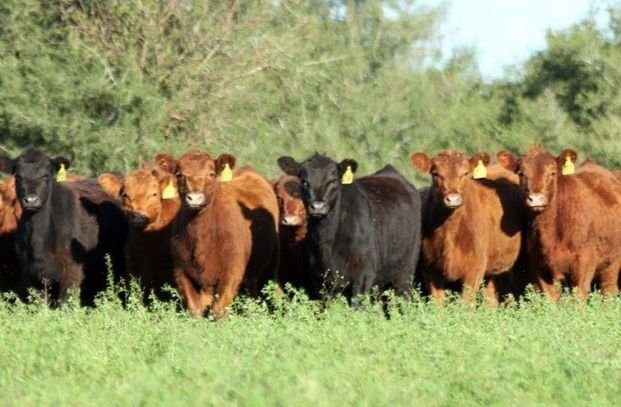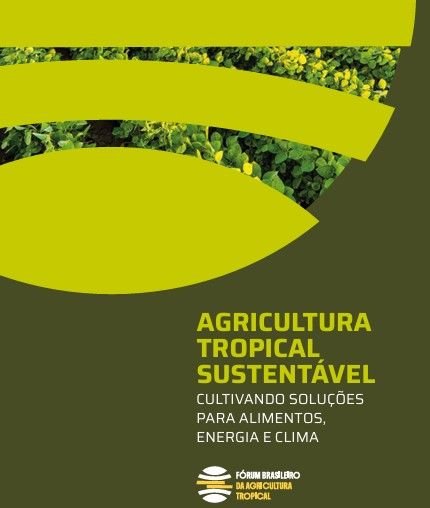Ernesto Viglizzo y Florencia Ricard, Journal of Veterinary Medicine and Research, 5 mayo 2022.
The conflictive relationship between livestock production and global climate change is influencing decisions about the consumption of meat and milk products in high-income and well-informed societies.
As a result, there is a growing concern within the livestock-business community. The debate arose still unanswered questions about approaches and methods used to assess livestock emissions -in particular cattle emissions- and their impact on the global environment.
The Life Cycle Assessment (LCA) methods on the one hand and the Inventories methods (IM) on the other hand, release magnitudes of C emission that strongly differ from each other. The LCA is an analytical approach that accumulates on each ton of beef production the emissions occurring at the farm level and adds the emissions from sectors located in pre- and post-farm stages. In the case of IM, the method only computes on-farm methane and nitrous oxide emissions-expressed as ton C annually emitted/land unit-without accounting emissions from sectors out of cattle production. Based on IM, recent FAO statistics regarding all livestock species, cattle and crops show that the contribution of cattle to global emissions was less than 5%, far from the 14.5% to 18% estimated through LCA by two influential former FAO reports. Considering the debate on the use of alternative approaches is still alive and can modify the consumer’s opinion and influence beef trade, communication strategies need to rely on objective information that shows results from different scientific insights.
Text in English



